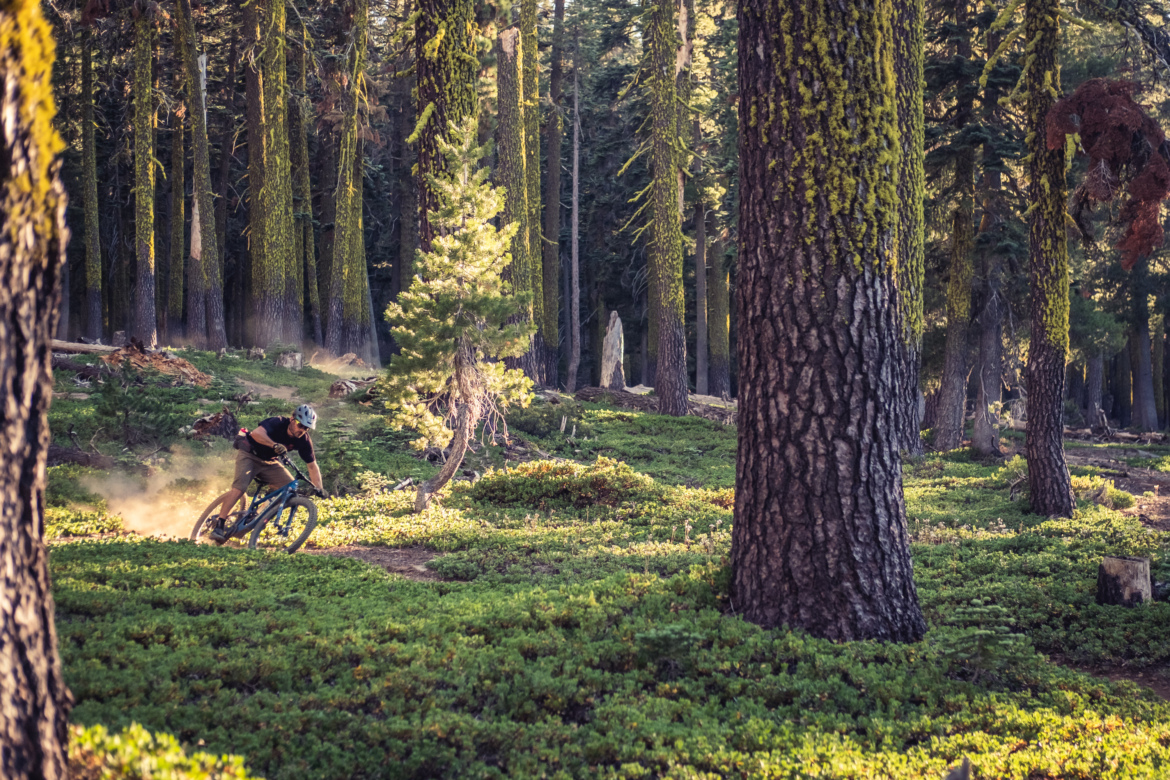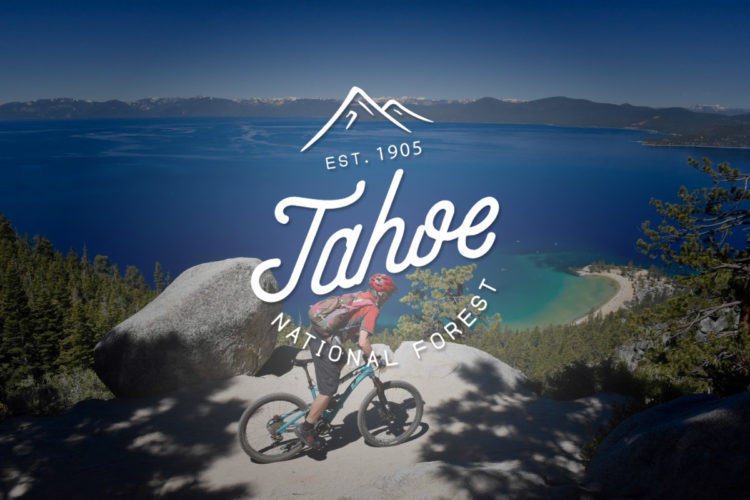
Daniel Burnham, an influential Chicago architect, is famous for saying, “Make no little plans. They have no magic to stir men’s blood and probably will not themselves be realized.” Chris McNamara is a man who lives by this mantra. He believes in tackling big projects, not small ones—endeavors that won’t take a year or two but rather a decade. After his original vision of creating a mountain bike trail around Lake Tahoe, known as the Lake Trail, came to fruition faster than expected, he sought his next challenge. His focus shifted to creating the ambitious 550-mile Sierra Camino Trail.
In the spirit of John Muir, McNamara set off on a bushwhacking tour to see if he could ride from Lake Tahoe to Mammoth. Around the time of this journey, he met Gabe Tiller, who shared his ambitious vision: Orogenesis—a 5,000-mile singletrack trail connecting Canada to Cabo, Mexico, which will be the longest mountain bike trail in the world once complete. While segments of the Oregon Timber Trail were complete and work was underway in Washington and on the Baja Divide, California had the largest unfinished section, with significant portions of trail requiring development and funding support. Inspired by the vision, McNamara signed on to lead the Sierra Nevada route from Susanville to Lone Pine.
McNamara sees trails as more than just singletrack. To him, they tell stories of the history that precede them and connect communities through long-distance routes. This vision inspired the name “The Sierra Camino,” drawn from Europe’s famous long-distance path, El Camino de Santiago, or “Pilgrim’s Trail.” California’s scenic routes promoted at the turn of the century were also known as “Caminos,” eventually becoming highways. For the Sierra Nevada, this included “El Camino Sierra,” which followed US-395. The name of this trail pays homage to that history while signaling to riders it’s a brand new journey.

Finding your way in life: where to start?
How do you even begin such a massive feat? Much like early explorers such as Kit Carson, it starts with connecting existing trails, rediscovering abandoned routes, and a fair amount of bushwhacking. Once the general route is identified, the real challenge begins—turning rough plans into a cohesive, rideable trail network.
You might think with such a high concentration of singletrack around Lake Tahoe, connecting the entire 550-mile stretch of the Sierra Nevada would be easy. You’d be wrong. There are significant gaps in the singletrack, and this includes multiple segments between Susanville and Truckee, as well as a large swath between Markleeville and Lone Pine.
To help fill these gaps, McNamara began a series of expeditions in 2018, collaborating with local communities, leveraging tools such as heatmaps, and conducting extensive on-the-ground exploration to identify the most scenic and feasible routes through the Eastern Sierra. Since then, the initial concept of the town-to-town Sierra Camino has transformed, with the aim of achieving a route that is 92% dirt and 80% singletrack.



A community-oriented project.
One thing that most mountain bikers don’t consider is that once a trail is built, it needs to be ridden. McNamara found that while there are miles of singletrack, much of it is overgrown, and the average cyclist would have difficulty finding it. Regular use is essential to keep these trails clear and prevent them from becoming overgrown.
To help keep the trails open and rideable, the current focus is on building day loops and smaller sections rather than constructing the entire main artery. This approach allows everyone to enjoy the trails even if they don’t want to tackle the whole 550-mile length. Since the initiative began, around 20 to 50 miles of new singletrack are actively being planned or are under construction, with specific sections already mapped and in different stages of approval and development. One of the day loops currently in the planning stages is Turtle Rock, located near the older Charity Valley Trail, which is also getting a new lease on life. Both trails are situated outside Markleeville. This 20-mile shuttle, once in rough shape, now offers exciting terrain and a refreshing contrast to what’s available in the Lake Tahoe Basin.
McNamara has also enlisted support from regional mountain biking coalitions. Sierra Buttes Trails is building the Susanville to Truckee segment as part of the Connected Communities project. From South Lake Tahoe to Lone Pine, this project falls under the Eastern Sierra Towns to Trails initiative, with the Alpine County tourism board playing a key role in planning and expanding their trail network to support the broader vision.
While the 5,000-mile Orogenesis singletrack is inspiring, it’s not something you’ll tackle during a two-week vacation. The vision for the Sierra Camino is to create a segment akin to the John Muir section of the Pacific Crest Trail—making it super iconic and an accessible part of the larger Orogenesis trail.

The current status of the Sierra Camino.
You could technically ride the entire route today, but it’s not ideal, as only 40-50% of the Sierra Camino consists of actual singletrack. Of the current road portions, many segments are mere 1-2 mile diversions off the trail onto roads. If these segments were rerouted with singletrack, they’d add up to an impressive 50 miles of new trail.
The goal is to achieve the 50-60% singletrack threshold within the next 5-10 years, with plans to continue improving that percentage as well as creating additional smaller loops. Similar to the Tahoe Rim Trail, which started primarily as fire roads but evolved into nearly 100% singletrack, the Sierra Camino aims to enhance the riding experience over time.
To sample what’s in store, the most singletrack-rich segment currently available stretches over 200 miles from Donner Summit to Bridgeport, featuring approximately 70% singletrack and offering riders a diverse mix of rugged terrain.
To stay up to date as the trail develops, be sure to visit the Orogenesis Collective website or follow the Sierra Camino Instagram.





















1 Comments
Nov 7, 2024